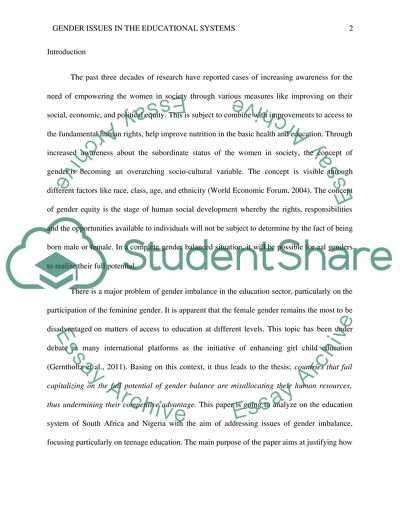Cite this document
(“International and comparative education Essay Example | Topics and Well Written Essays - 3000 words”, n.d.)
International and comparative education Essay Example | Topics and Well Written Essays - 3000 words. Retrieved from https://studentshare.org/education/1670236-international-and-comparative-education
International and comparative education Essay Example | Topics and Well Written Essays - 3000 words. Retrieved from https://studentshare.org/education/1670236-international-and-comparative-education
(International and Comparative Education Essay Example | Topics and Well Written Essays - 3000 Words)
International and Comparative Education Essay Example | Topics and Well Written Essays - 3000 Words. https://studentshare.org/education/1670236-international-and-comparative-education.
International and Comparative Education Essay Example | Topics and Well Written Essays - 3000 Words. https://studentshare.org/education/1670236-international-and-comparative-education.
“International and Comparative Education Essay Example | Topics and Well Written Essays - 3000 Words”, n.d. https://studentshare.org/education/1670236-international-and-comparative-education.


